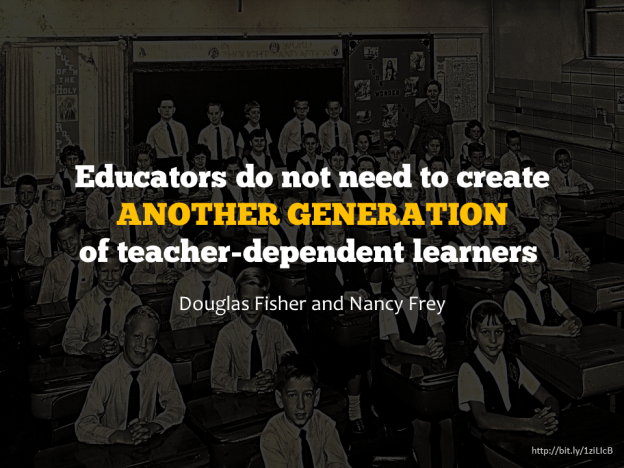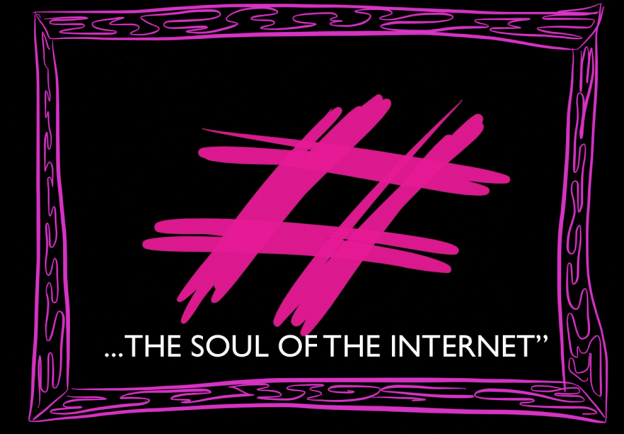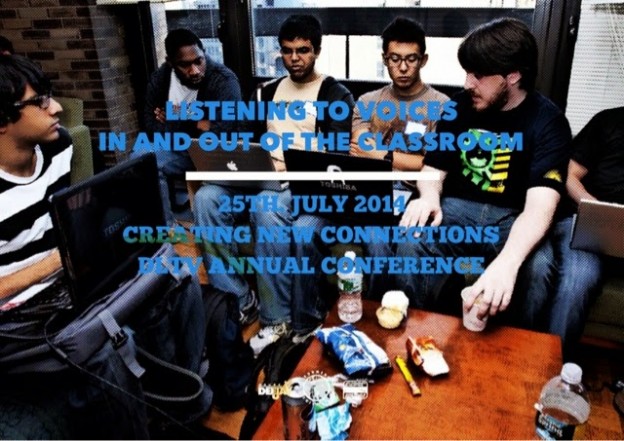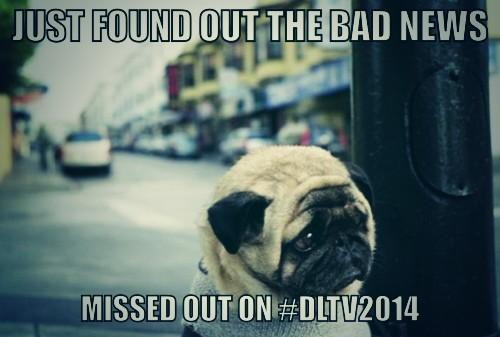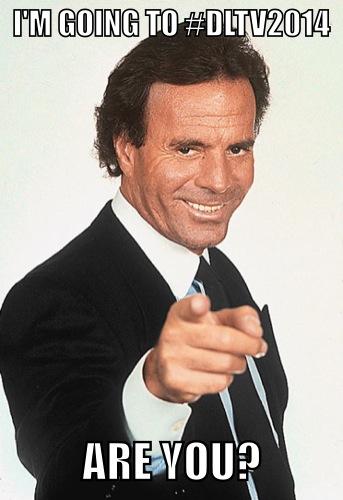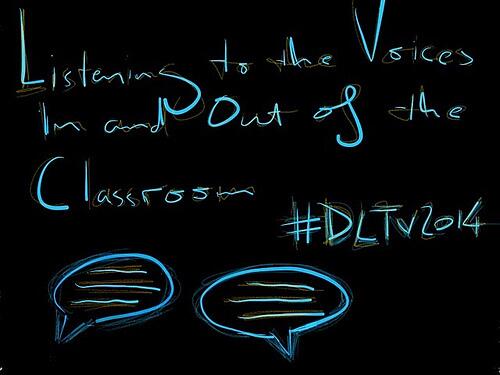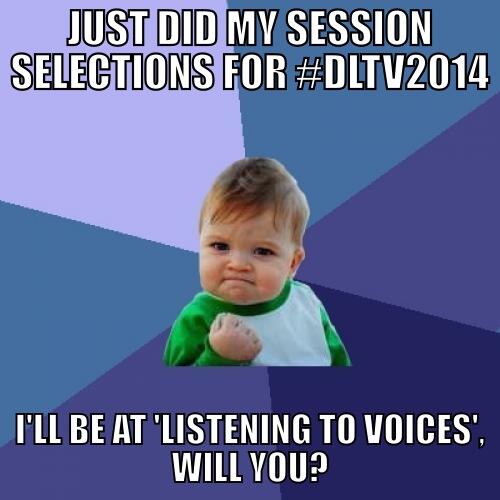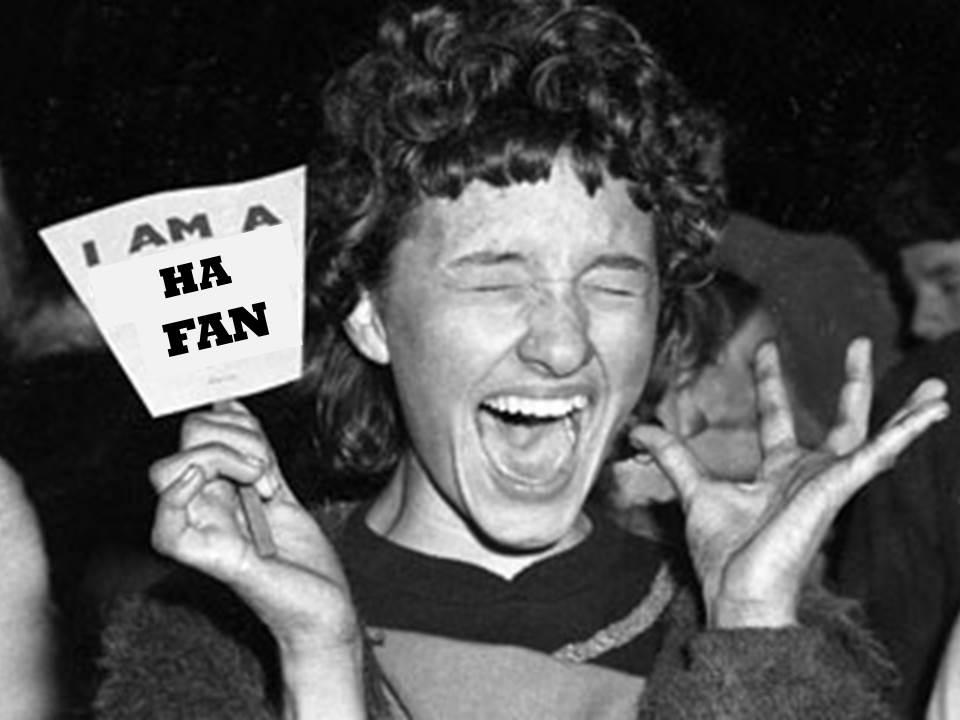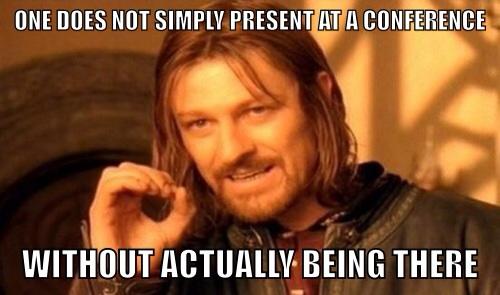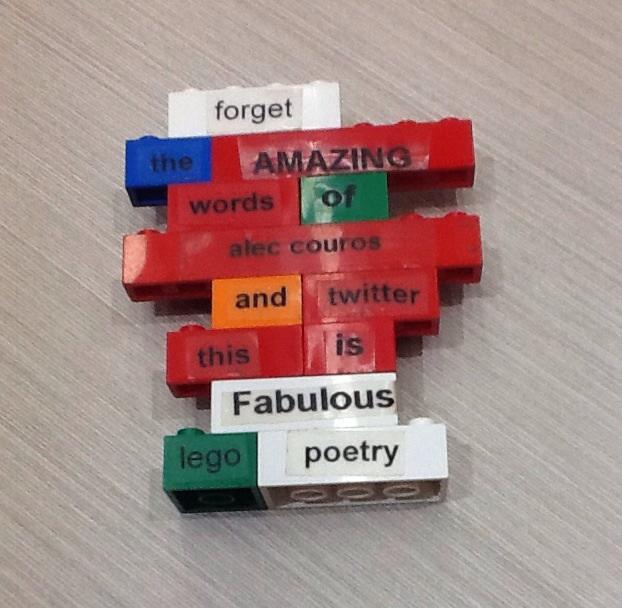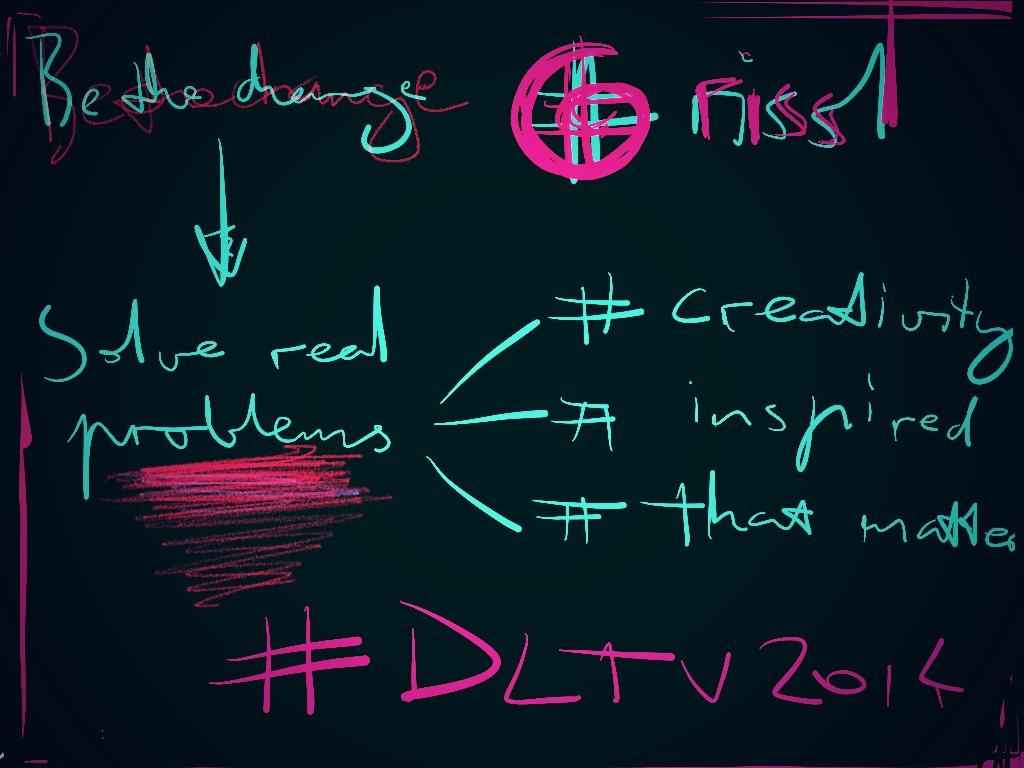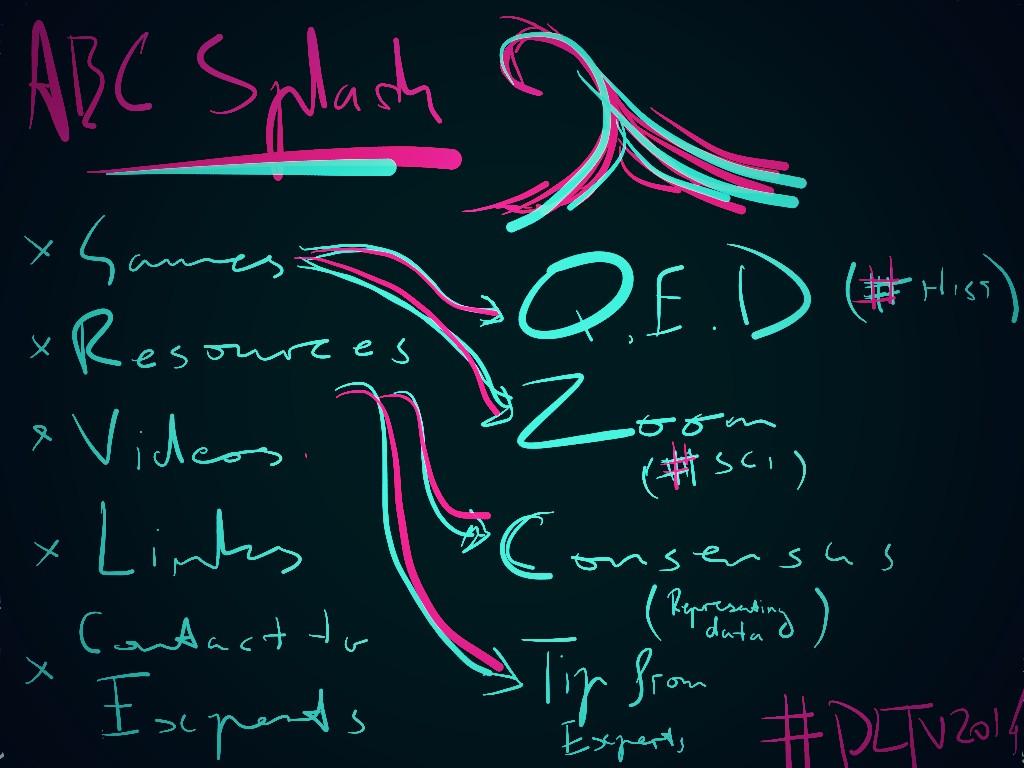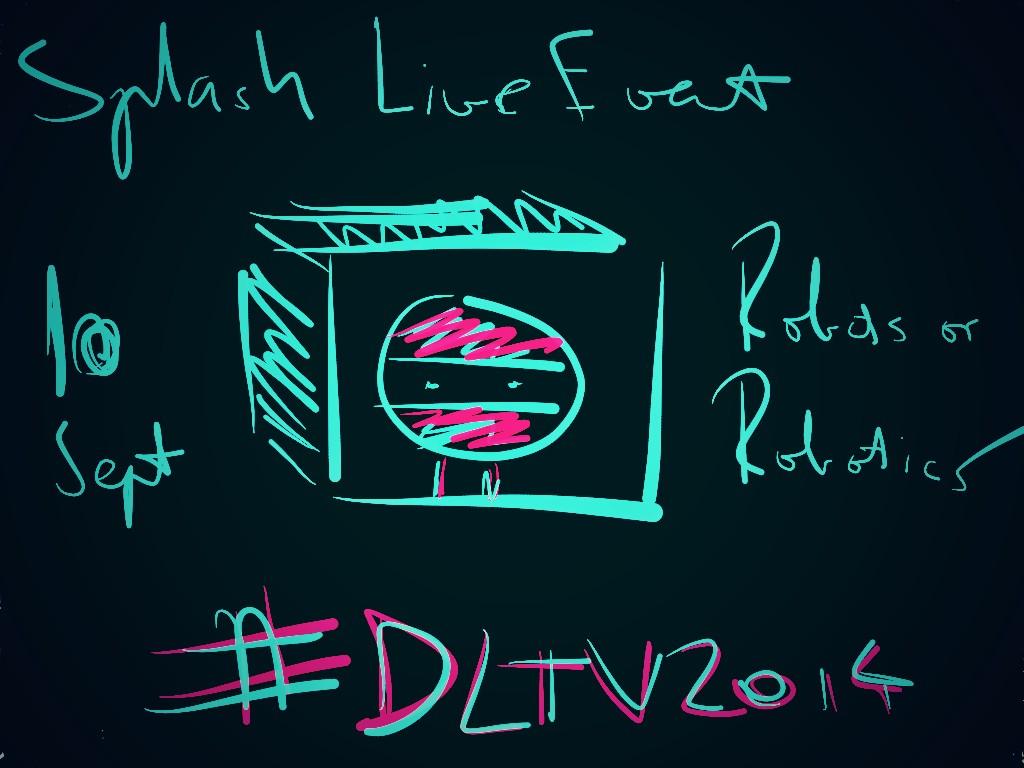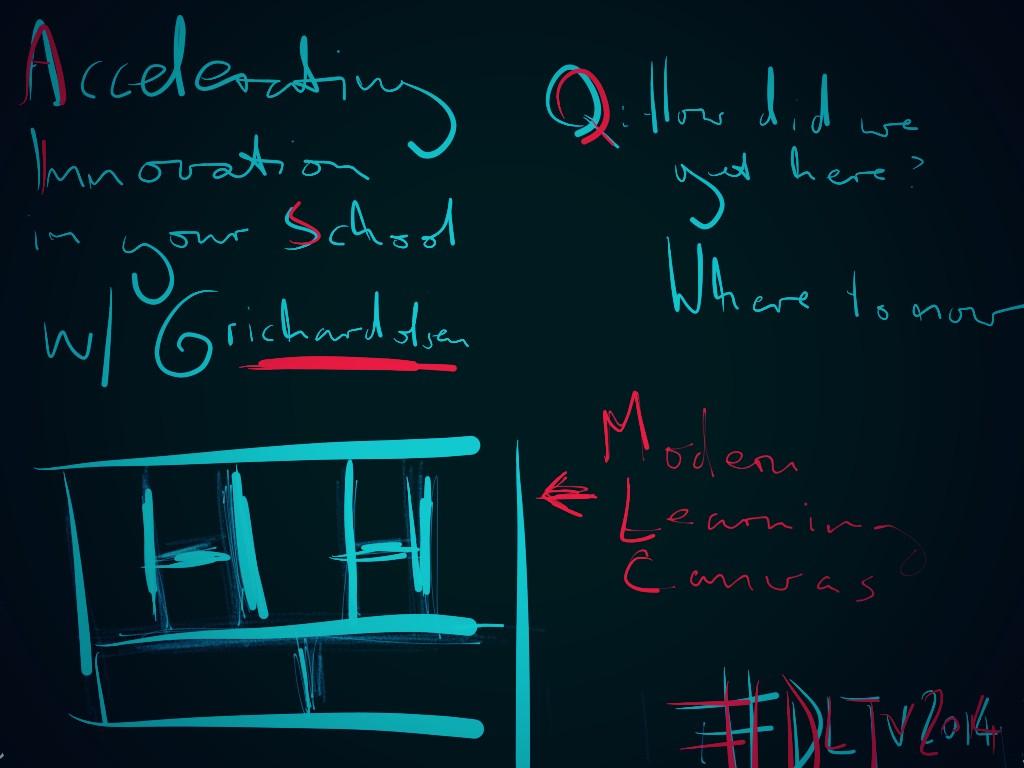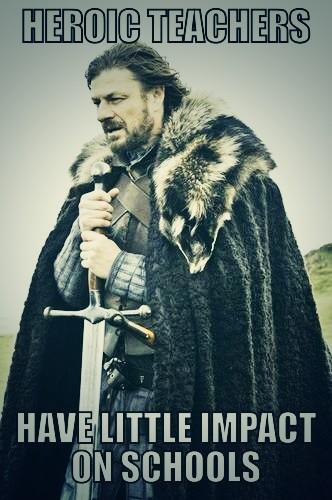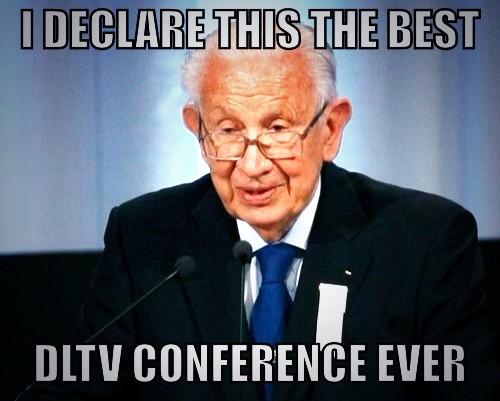 |
| creative commons licensed (BY-NC-SA) flickr photo by mrkrndvs: http://flickr.com/photos/aaron_davis/14929330102WALL-e quote |
This whole situation highlighted two things to me: one, we are all influenced in life by networks whether we care to recognise it or not; and two, are we missing the point in focusing on being connected, is that what it is all about?
…
In a
recent post, Quinn Norris painted a picture of life in a networked world. In it she spoke about the usual – Internet, passwords and trojans. However, what struck me was how in a modern world we are all dependent on networks (not just the Internet) in some way. As she stated, “We live with and in networks every minute of everyday.” Whether it be food networks, the legal system or roads and transport, our lives are built upon an array of networks that more often than not we simply take for granted. What I felt was missing in this discussion though was the human network, the personal networks that we form. Although social media and other such platforms capture such connections and help to strengthen them, they do not take in everything. Unless you are a hermit living in a cave, which would mean that you would not be reading this, then your life is connected – to family, friends, colleagues, communities – whether you like it or not.
This perspective of being forever connected got me wondering about the notion then of the connected educator. It is easy to caught up in a discussion of the supposed benefits of being connected. However, like the
discussion around having children of your own, surely what is important is the openness to new experiences, not the actual experience itself?
As I have
suggested elsewhere, one could easily have children and not necessarily learn a single thing. What matters most in my view is your
perspective. I think then that when people say that they don’t have time to ‘be connected’, that they are in fact saying something completely different. To me, what these people are really saying is that they already know everything and that, just maybe, they have nothing else to learn in life. They in fact don’t have time for learning.
I didn’t actively become connected to become connected. I first stepped outside of the world of Facebook and stories about high school weddings and babies into the open world of Twitter in search for greener pastures. I was in a situation at school where there were a few things that just weren’t working and I was after a different perspective on things. Ironically, I feel like I know less now then I did before I stepped out. As
+Katelyn Fraser quoted, whether it be the principal, the network coach, the subject association, early on in my career I thought that it was someone else’s job to tell me what the supposedly ‘best practise’.
Through my journey, I have come to the belief that there is no one approach to rule them all. Instead, I feel that the challenge is finding the best solution for the situation at hand. That is what I tried to explain in my
post on pedagogical cocktails. The idea that our pedagogical practise is a concoction of different ideas that is constantly
evolving. It would be easy to argue that I have come to this position because I am a connected educator who curates a lot of ideas and information. However, I believe that I came to this position because first and fore-mostly, I am a lifelong learner, being connected accelerates this whole process.
Coming back to Norton’s discussion of networks, I would argue that all our learning is linked to networks in some shape and form. For learning involves interaction, whether it be with people, ideas or simply the world around us. Learning is never in isolation. It is complicated. It is messy. It always involves others.
+Doug Belshaw provides an excellent discussion of this in regards to the myth that literacy is an isolated activity in his book,
‘The Essential Elements of Digital Literacies’. There is no escaping interaction, there is only ignorance of such associations.
I am reminded again and again of
+Clive Thompson‘s piece for Wired,
‘Why Even the Worst Bloggers Are Making Us Smarter’. Thompson’s point is that whether strong or weak, our interactions constantly influence us. “The things we think about are deeply influenced by the state of the art around us: the conversations taking place among educated folk, the shared information, tools, and technologies at hand.” The act then of curation and critiquing not only forces us to be more convincing, but also accelerates the creation of new ideas and information. It can then be argued that the measurement of learning is not what you keep to yourself – scribbling in a notebook, essays kept in a filing cabinet – but how much you share with others, what you add back. Instead of the question: ‘Are you really connecting if you are not giving back?’ Maybe the real question is: ‘Are you really learning if you are not sharing that learning?’
Using
+David Weinberger‘s notion that
‘the smartest person in the room is the room’. Learning is then about how big your room is. If you keep your learning to yourself or simply share it with colleagues in your school, how deep is your learning?
+Steve Brophy made a really
interesting point, suggesting that “The best professional development requires giving, whether it be your opinion, your story or your skill.” Often we set out on a journey for solutions, however if we are not open to the unexpected, the responses, the alternatives, how deep will the learning be?
Coming back to Norton, “Networks have shapes and geographies, and once you can see them you can use them.” If this is the case and all learning is connected then the challenge is understanding how you are connected and to best use these connections to come up with the best solution for your context and situation.
It is important to remember that connections, like learning, should never be a thing in themselves. The challenge is to take this learning, this knowledge, these ideas, and make them new again. Change them, adapt them, pay them forward.
+George Couros sums this up best in his recent
post, where he states, “The network is where the information has been found, but the ability to remix it for your own context is where innovation happens.”
So what are you learning right now and how are you using your connections to accelerate this process. I would love to know.
If you enjoy what you read here, feel free to sign up for my monthly newsletter to catch up on all things learning, edtech and storytelling.

